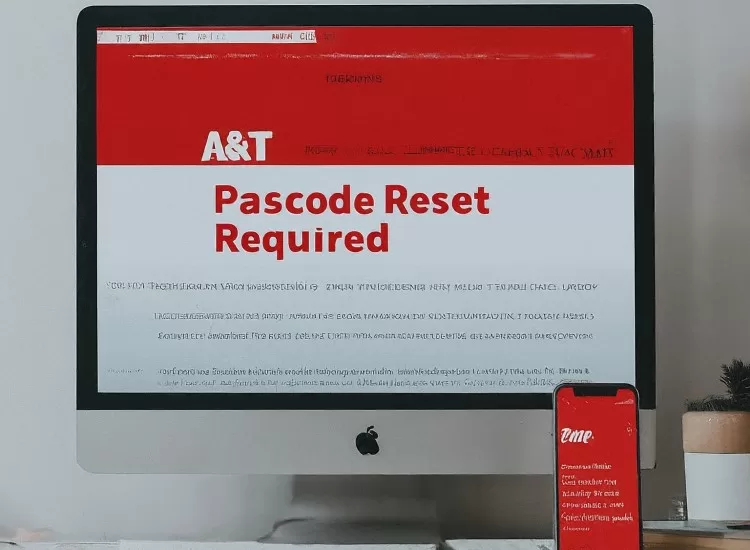Millions of AT&T Customers Affected by Data Leak, Passcodes Reset

Millions of AT&T Customers Affected by Data Leak, Passcodes Reset
Uh oh, AT&T! Millions of customers are scrambling to regain access to their accounts after the company discovered a massive data leak. Here’s the breakdown:
- What Happened: AT&T acknowledged a data breach that exposed personal information of over 73 million customers, including both current and former subscribers.
- What Leaked: The leaked data reportedly contains sensitive information like names, addresses, phone numbers, dates of birth, and even Social Security numbers. Yikes!
- The Reset: To protect customer accounts, AT&T proactively reset the passcodes of 7.6 million current account holders.
Here’s what you need to do if you’re an AT&T customer:
- Check your inbox (and spam folder!): AT&T should be reaching out to affected customers via email. Keep an eye out for a message with instructions on resetting your passcode.
- Head to the AT&T website: If you don’t see an email, you can try resetting your passcode directly on the AT&T website.
- Be cautious: Scammers love data breaches! Don’t click on any suspicious links or respond to unsolicited emails claiming to be from AT&T.
Beyond the Reset:
This data leak is a serious reminder of the importance of cybersecurity. Here are some additional steps you can take to protect yourself:
- Use strong, unique passwords: Don’t reuse the same password for multiple accounts. Consider using a password manager to generate and store complex passwords.
- Enable two-factor authentication (2FA): This adds an extra layer of security by requiring a code from your phone or email in addition to your password when logging in.
- Stay vigilant: Be wary of phishing attempts and unsolicited calls or emails asking for personal information.
What about AT&T?
AT&T says they are investigating the leak and working with cybersecurity experts. It’s important to hold them accountable for protecting customer data.
This situation is frustrating, but by taking action and following some basic security practices, you can help minimize the damage.





